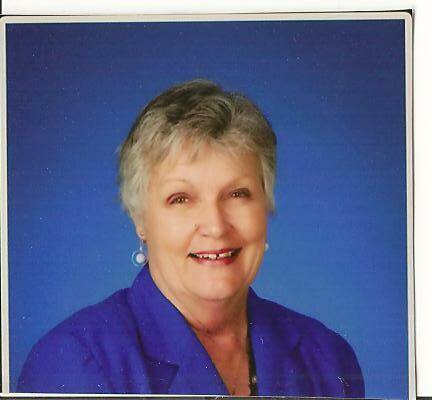With the excitement generated by the well-planned downlink with astronauts on the International Space Station this month I wanted to share how important it is for each person to do his or her part that only they can do. So I am sharing some thoughts about The Power of One, or, Good Things Take Time to Happen.
I recently celebrated, and I use that term loosely, my 81st birthday. The preceding day I had the absolute joy of attending an event I never thought would be possible in Brownsville. I think about the power of one and how one spark can ignite a devastating, destructive fire or illuminate and drive away darkness.
There was the math teacher in junior high who called me stupid in front of the class. Because one teacher said that I decided that I really didn’t need to try to show her I wasn’t; that effort wasn’t really needed, so I coasted along, usually responding, “I can’t” when challenged to do something.
One person suggested that I be a secretary (I didn’t even know how to type) and one boss challenged me to go back to college after I had left to marry and have children. One person took a chance and offered me a teaching position as a coach at one of the great private schools — and I had always been the last one picked for teams because I would rather read a book than run a race, although I did like to play baseball in the summer in the neighborhood. Fortunately, one dad coached the school basketball team, because I would have been fired within the month for sure. One BISD principal took a chance on hiring a 44-year-old college grad to teach fifth grade. During this time one member of the Curriculum and Instruction Department of our school district decided to apply for a grant from the National Science Foundation and jumped through all the hoops to purchase the most-remembered teaching tool any teacher ever used — a portable planetarium, Starlab, aka “the big balloon/bubble,” and the principal saw something in that teacher that said, “Send her to that training.”
Thirty teachers attended that training and were able to share the beauty of the night sky and explain how to connect the dots of stars into constellations and instruct and entertain many children over the years. One of those teachers arranged with the Brownsville Public Library to bring the Starlab to share once a month for about 15 years and students and families still remember the adventure. One of those teachers, who had one teenaged girl ask her why she didn’t have something special for teens, had one middle-school teacher out of all the teachers in the school district who volunteered to sponsor an astronomy club at Lucio Middle School. Other teachers and the principal were supportive, but what if there had been no one?
Another one, Dr. Mario Diaz, had been leading the physics and astronomy program at UT Brownsville-UTRGV and was able to have an observatory built on campus — only to have a high school built right in front of it, and the spectacular growth of the university and Texas Southmost College complex created terrible light pollution problems and the little observatory was moved to Resaca de la Palma State Park and the World Birding Center. One person had such an impact on the endeavor to bring astronomy to “the folks” that the observatory was named the Christina Torres Memorial Observatory in her honor. One athletic and curious young man came across the observatory during a run and connected with Dr. Diaz, who put him in contact with the original one who once had dreamed of a fully functioning astronomy club flourishing in the Brownsville area. Victor de los Santos and Maria Jette were eager to do more and when they learned a lunar eclipse was due to occur in a week, one mom, Celia de los Santos, who was the principal at a suburban school, arranged for a party on a weekend. Teachers came and gave their personal time to facilitate the wonderful event! And more than 400 people watched the eclipse — it was electric!
Because they were friends with a local café owner’s son, they held meetings there to organize. Other ones came, Debbie Cox to keep things on track and organized as Victor and his colleagues labored long and hard over how to manage the runaway freight train that the South Texas Astronomical Society was rapidly becoming, gaining 501(c)(3) status. Today, many astronomy-related events are occurring in the Rio GrandeValley and many students leave here to attend top-level universities across the nation. Just as one man with a dream has created a mixed reaction for huge dreams, each one of us can help be the one who makes the difference for others, for success or failure — but failure is only true if the one gives up. Mike Fossom applied to the astronaut corps 13 times. He did not stop trying at 12.
From 1990 until 2023 is a long time to wait, but most good things take time to grow and when all the right pieces are together the puzzle is complete and ready to be admired and celebrated.
Carol Lutsinger of Brownsville is a NASA/JPL Solar System educator and ambassador and American Astronomical Society resource agent.



